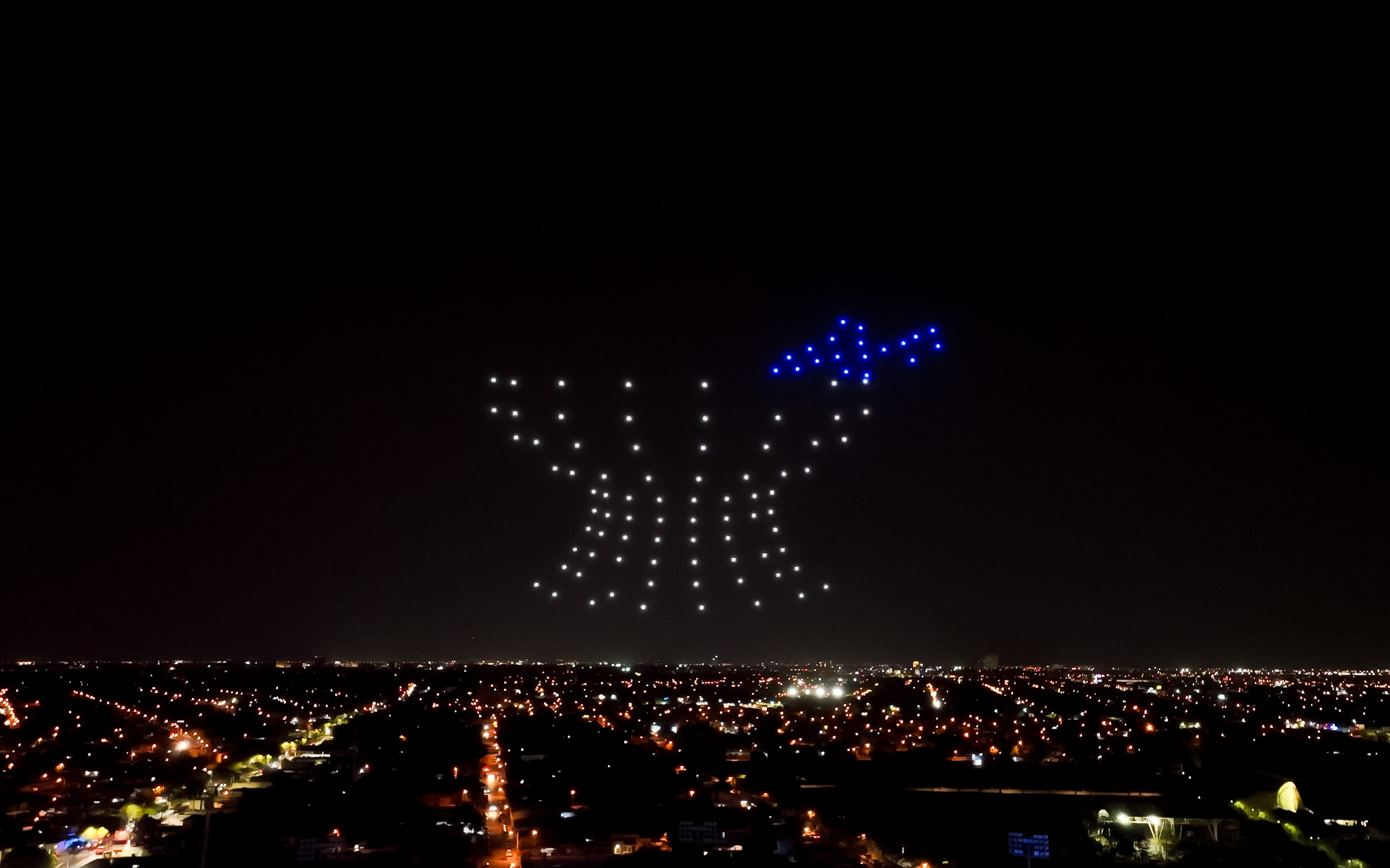Challenges and obstacles in executing a drone show.1. CLIMATIC CONDITIONS:
Strong winds compromise drone stability, while rain damages electronic components. Dense fog hampers safe operations, and extreme temperatures affect battery life and flight quality. For safety and quality, evaluating and postponing the event in unfavorable weather conditions is a prudent decision.
2. VISIBLE GPS SATELLITES:
Lack of satellite signals could result in deviations in the planned drone trajectories. This might lead to errors in the precision of their movements, failing to follow planned routes accurately, which could cause collisions between the drones and pose a risk to the present audience.
3. RESPECTING AGREED TIME AND SCHEDULE:
Drones have limited battery capacity, and prolonged waiting without flying risks complete battery discharge. Therefore, it is crucial to respect the agreed-upon schedule for the show's start, avoiding battery depletion and ensuring drones are ready to efficiently deliver the planned spectacle.
4. MINIMUM DISTANCE OF 9 KM FROM AIRPORTS:
This distance is necessary to ensure airspace safety, comply with aviation regulations, prevent electromagnetic interference, and protect airport privacy and security. Adhering to this distance contributes to a secure aerial environment for both drones and civil aviation operations.
5. OBSTACLE-FREE SPACE:
Locations may present physical or structural obstacles that hinder drone takeoff, landing, or visibility during the show. A clear space is necessary for safety, efficiency, legal compliance, and a visually satisfying experience of the spectacle.
6. SAFETY ISSUES:
The presence of unauthorized individuals in restricted areas, collision risks with objects or people, and a lack of solid emergency protocols are significant obstacles to a successful drone show.
7. LEGAL AND REGULATORY RESTRICTIONS:
Aerial and drone regulations may limit space and schedules for conducting shows. Special permits and authorizations may be required to operate drones in certain areas.


